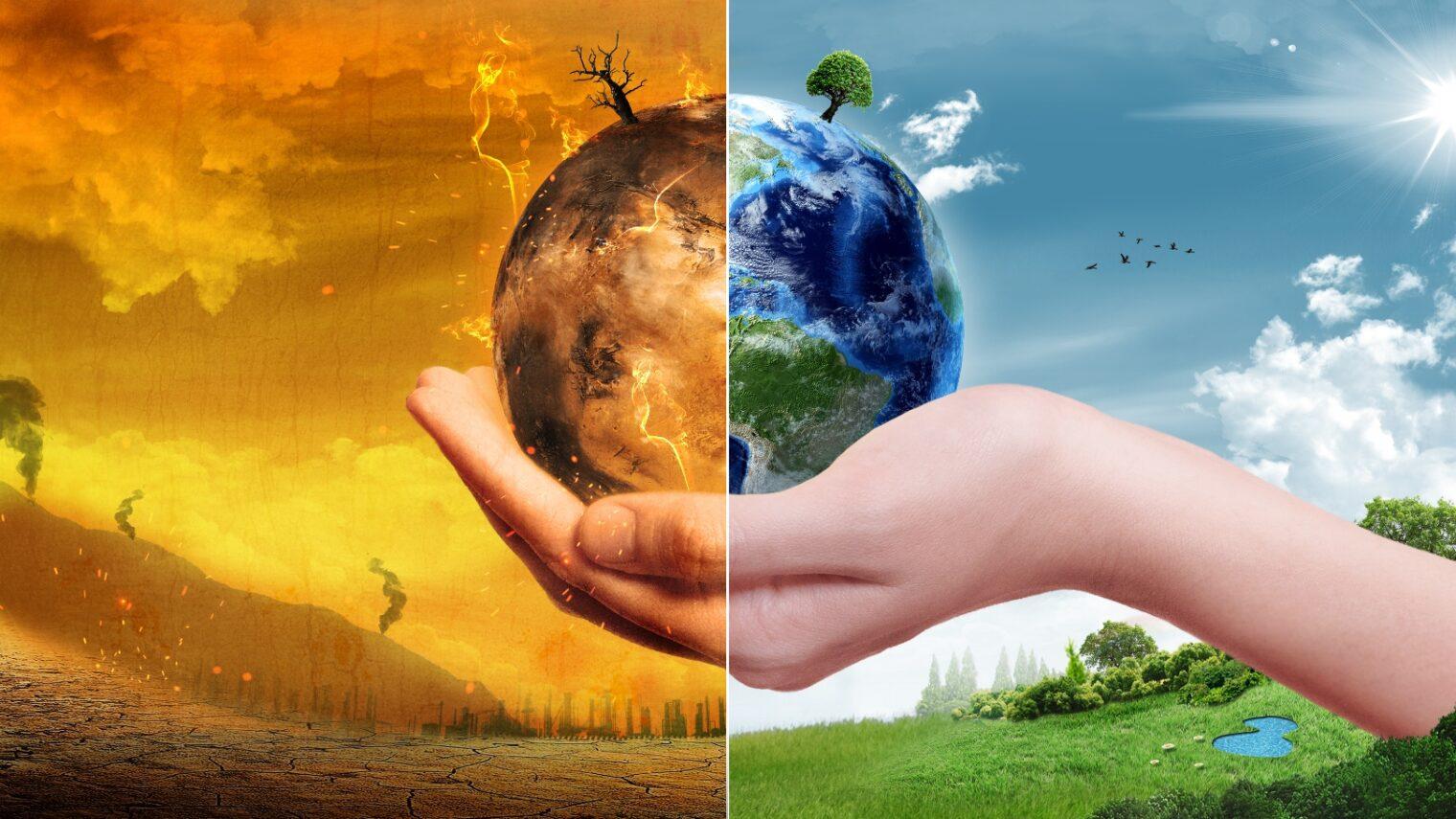Since the Industrial Revolution, the global annual temperature has increased in total by a little more than 1 degree Celsius, or about 2 degrees Fahrenheit. Between 1880—the year that accurate recordkeeping began—and 1980, it rose on average by 0.07 degrees Celsius (0.13 degrees Fahrenheit) every 10 years. Since 1981, however, the rate of increase has more than doubled: For the last 40 years, we’ve seen the global annual temperature rise by 0.18 degrees Celsius, or 0.32 degrees Fahrenheit, per decade.
The result? A planet that has never been hotter. Nine of the 10 warmest years since 1880 have occurred since 2005—and the 5 warmest years on record have all occurred since 2015. Climate change deniers have argued that there has been a “pause” or a “slowdown” in rising global temperatures, but numerous studies, including a 2018 paper published in the journal Environmental Research Letters, have disproved this claim. The impacts of global warming are already harming people around the world.
Now climate scientists have concluded that we must limit global warming to 1.5 degrees Celsius by 2040 if we are to avoid a future in which everyday life around the world is marked by its worst, most devastating effects: the extreme droughts, wildfires, floods, tropical storms, and other disasters that we refer to collectively as climate change. These effects are felt by all people in one way or another but are experienced most acutely by the underprivileged, the economically marginalized, and people of color, for whom climate change is often a key driver of poverty, displacement, hunger, and social unrest.
Actions for a healthy planet. Every one of us can make choices to protect nature, tackle climate change, and take care of our planet. (Illustration: United Nations Department of Global Communications)
The Sustainable Development Goals spell out how we can protect our environment and slow climate change, from forests to oceans to everywhere in between. Think about your electricity use and your travel. Check your dinner table. Reuse whatever you can. The possibilities for action are many – and add up fast.
Greenhouse gas emissions per person vary greatly among countries. In the United States of America, per capita emissions are more than double the world average of 6.5 tons of CO2 equivalent, while in India they are less than half the world average. Globally, the 10 per cent of the population with the highest income account for nearly half of all emissions. Here are some actions to reduce your impact on the environment.

